Table of Contents
Dynamic Guitar Practice: 12-16 Hours a Day!
Over the years I have been asked by many students what is it like to practice guitar 12-16 hours a day. Needless to say, it was both exhausting, and yet, at the same time – exhilarating! And while you might not have the opportunity to practice 12-16 hours a day, you can certainly learn how to refine your guitar practice regimen to the time frame you have available.
A Short History of my Guitar Practice
Like most people, when I first started playing guitar I would wind up practicing a half hour to an hour a day – on a somewhat inconsistent basis. This isn’t surprising, as most beginners don’t have the physical or mental endurance to really do any more than that. But eventually I came to the conclusion that if I wanted to really learn how to play guitar, I was going to have to put in more effort.
Once I was “good enough” to play in the clubs, my practicing became more steady and the hours started to increase. However, it wasn’t until I made the decision to seriously pursue the instrument, that I designed a serious practice schedule with the intention of taking my playing to the virtuoso level. It should be noted that this was during the 1980’s and guitar and music were the cornerstone of many of our lives
There was a “natural” escalation of hours during these years. At one point I was practicing 4-6 hours a day and was making progress, however, I felt that if I was going to do this as a career, I should at least approach it in the same manner: 8 hour days, 56 hours a week. It was like a 9-5 job.
It wasn’t long before I realized that if I was making great strides at 8 hours a day, then 10-12 hours would yield an even higher dividend. Not surprisingly this proved to be true and led to my days of 12-14 hours a day and then finally 12-16 hours a day. This progression was stretched out over the period of several years.
It was during this time that I was fortunate to study with the great, jazz fingerstyle, guitarist, Howard Morgen. Howard recognized my level of seriousness and took me under his wing. It was under his tutelage that I was able to make large leaps in my playing.
Developing a System
And while all of this is fine and good, how can any of this help you? Well, that’s the purpose of this blog post – providing you with a system to consider and the elements that it contains.
The first step of developing a system is first determining what you want to accomplish – both short term and long term. My system was developed to be able to play Fusion (my influences at the time were: Pat Metheny, Allan Holdsworth, John McLaughlin and Al Di Meola), read well enough to do studio work, play classical guitar and explore contrapuntal playing. Each of these topics were further broken down in order to further develop them.
The Practice Sheet
One of the most important aspects of my practice regimen is the use of a Practice Sheet that I used throughout the years. Originally started on large index cards, later years made use of laser printers and printing out blank copies to fill in. I still have sheets going back to 1979.
Along the left side of these sheets is space for the topic or book to be studied and the other columns are devoted to a small box that is checked off to show that the related left column topic was practiced. It is also important to note that in order to get checked off, a topic/book has to be worked on for at least 30 minutes. Sometimes I would work on something for 15-20 minutes, but it wouldn’t receive a check mark.
The first benefit of using the sheet is that you can see over the course of a period of time, how much you’ve be practicing as well as what you have been practicing. The second, and perhaps more important benefit, is that it shows you what you have NOT been working on. This allows you to have a better grasp on what you need to be working on, as sometimes it’s easy to casually skip a topic for a couple of days and not realize it.
My older sheets had room for 16 subjects, while my current ones have only 9. This limitation forces you to concentrate on specific topics. If you are just starting out it may take some time to fill up 9-16 topics, however, if you have been playing for years, it may be a little tougher to limit yourself to only 9.
At the start of every month I review the topics covered in the previous month before I write the current month’s topics. It can change from month to month, though it can also stay the same.
Sample Schedule
Although I’m not going to list everything I ever studied, I will list some subjects for your inspiration and consideration. This was my schedule back in the mid to late 1980’s when I was studying with Howard Morgen and practicing 12-16 hours a day.
Reading
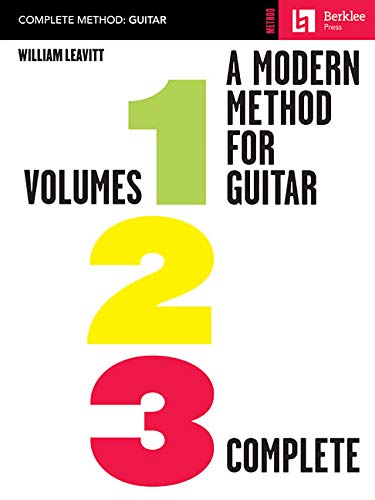
In order to do studio work or read sheet music, you need to learn how to read music. Since reading requires concentration, it was always the first thing that I did every day. I would highly recommend doing the same, as your mind becomes more weary throughout the day. The first two books were compulsory, while the other two were optional.
A Modern Method for Guitar (Books 1,2 and 3)- William Leavitt. (1 hour a day)
Melodic Rhythms for Guitar – William Leavitt (1/2 hour a day)
For Guitar Players Only – Tommy Tedesco (1/2 hour a day)
Real Book (1/2 hour a day)
Single Note Technique
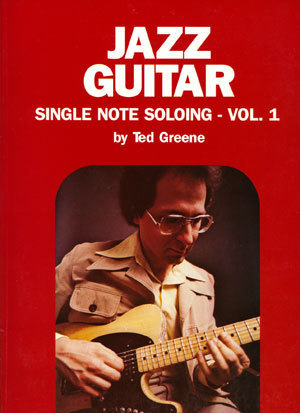
As a Fusion practitioner, I focused a great deal on single note technique. I put an emphasis on practicing arpeggios and scales, as well as related material. The following books are a small sample of what I was studying at that time.
Single String Studies – Sal Salvador (1 hour)
Intervallic Designs – Joe Diorio (1 hour)
Charlie Parker Omnibook (1/2 hour)
Jazz Guitar – Single Note Soloing – Ted Greene (1 hour)
Thesaurus of Scales and Melodic Patterns – Nicholas Slonimsky (1/2 hour)
Jazz Riffs for Guitar – Richard Boukas (1/2 hour)
Degree Fingerings (Modes) (1/2 hour)
Sweep Picking (1/2 hour)
Classical Guitar
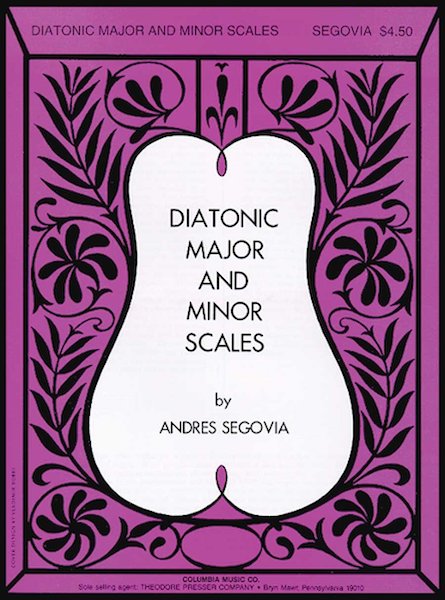
A “typical” 16 hour day would feature 4 hours devoted to playing Classical guitar. It was not uncommon to spend more time practicing Classical guitar if it was sounding particularly good that day. Since I play all my chords with my fingers, the techniques that I learned from practicing Classical guitar transferred nicely over to my electric guitar and synth guitar playing.
Diatonic Major and Minor Scales – Andres Segovia (1 hour)
120 Right Hand Studies for Guitar – Mauro Giuliani (1 hour)
Carcassi Guitar Method – Matteo Carcassi (1 hour)
Classical Guitar Repetoire (1 hour)
Fingerstyle Guitar
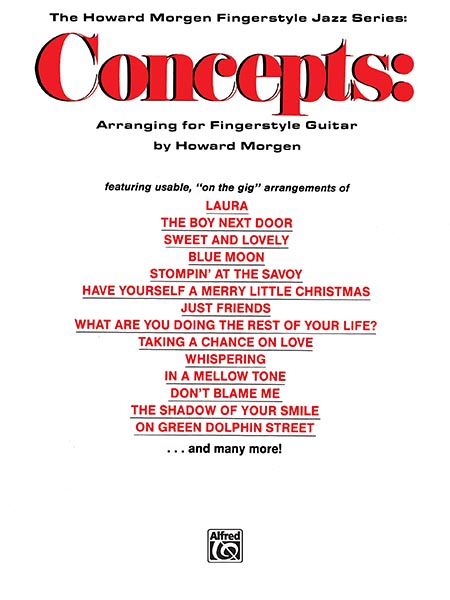
Howard was always trying to convince me to pursue the Fingerstyle guitar path, as he felt that I would be good at it. However, at that time I was entirely focused on Fusion technique… though years later, I wound up dropping the pick and playing 100% with my fingers. Perhaps I should have given more consideration to what Howard was saying. The lesson here is that you should carefully consider what your teacher is saying, as he has a somewhat better perspective of your skills and potential!
Concepts – Howard Morgen (1 hour)
Harmonic Mechanisms (Vols. 1,2 and 3) by George Van Eps (1 hour)
Jazz Standards (1/2 hour)
Chords
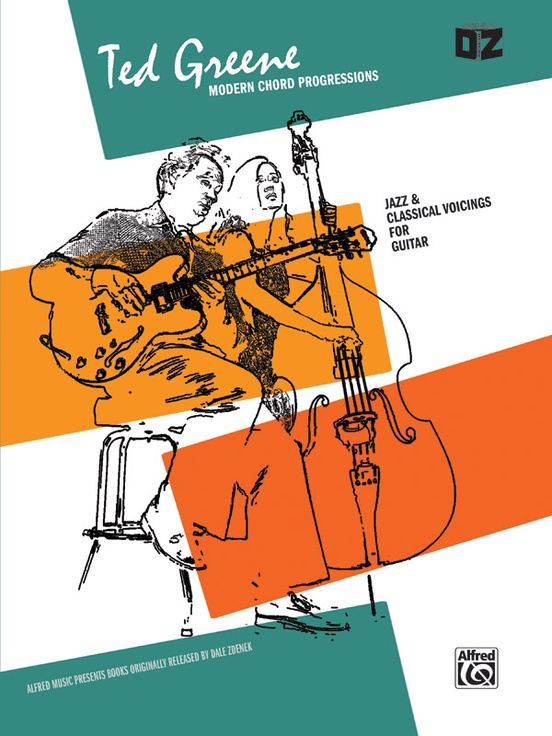
Learning chords with the Root, Third and Fifth in the bass is an excellent way to “road map” the fingerboard. These two books provided solid material for developing my chordal foundation. But perhaps the most important thing I learned was when Howard said that I needed to learn the standard chord voicings, but he “never” wanted to hear me play them in the future. From that point forward I always tried to come up with my own voicings.
Jazz Chords and Their Applications – Ronny Lee (1/2 hour)
Modern Chord Progressions – Ted Greene (1/2 hour)
Analyzing the Practice Sheet
Not surprisingly, most days didn’t follow the time allotments listed above, for instance, I might have spent more time working on single note technique and spending an extra hour or two on Single Note Soloing, and not get around to practicing Modern Chord Progressions. This is one of the main reasons for keeping these records… so that you can see what you are and aren’t practicing over a period of time and make adjustments accordingly.
By making a schedule and keeping to it, you will notice a steady improvement, since you will be carefully adjusting your practice by what trends you notice on your Practice sheet. Plus… it’s fun to see over the course of a year what you have been working on and how many hours you have devoted to the instrument.
Summary
1. Set aside as much time as you can for practicing your guitar.
2. Focus your schedule on specific things that you want to pursue.
3. Keep track of what you are and aren’t practicing
4. Due to the mental/physical drain, get plenty of rest.
5. Build a serious library of study material.
6. Study with the best guitar teacher in your area, or online.
7. If you want to be a serious player, you have to put in serious work.
8. Try to stick with only one guitar, (two, if also playing acoustic) and really get to know it.
9. Set long term and short term goals.
10. This is certainly not for everyone!
Final Words
Clearly this is not something that is going to appeal to many players, however, the idea is not necessarily the hours practiced, but how to organize your practice, based on subject matter and goals. By forcing yourself to be accountable to the Practice Sheet, you will learn to focus on your practicing routine and yield the benefits that come from a disciplined approach. Remember, to become a good player, it takes: Dedication, Discipline and Sacrifice.
To help you on your pursuit of Guitar Excellence, I have included a link for a free download of the Practice Sheet that I use. Feel free to download it and I hope that it helps you with your Guitar Practice and in accomplishing your goals!


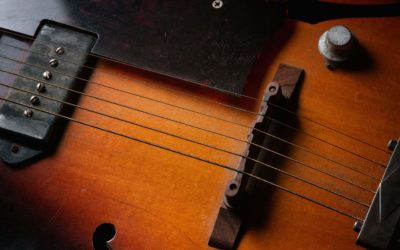
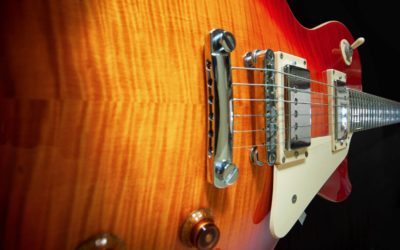
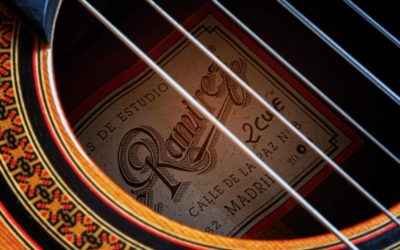
0 Comments